SELECTING A HOLSTER CAN BE CONFUSING
There are many holsters to select from these days, and more are being introduced all the time. Most are excellent designs made by manufacturers who know what they are doing. But some are designed by companies or individuals who think they know what is needed in a holster but have never received the training necessary to know what features are required or important. And if the manufacturer doesn’t know, how can the buyer who may never have received training in gun handling know if the holster selected is a good one?
I’ve spent many hours on the range surrounded by students learning the right way to manipulate a handgun for self-defense. And that manipulation included drawing and holstering a handgun using both revolvers and semi-automatics. Regardless of the gun model or the holster manufacturer, there are certain features of holsters that are important and some that are strictly a personal preference.
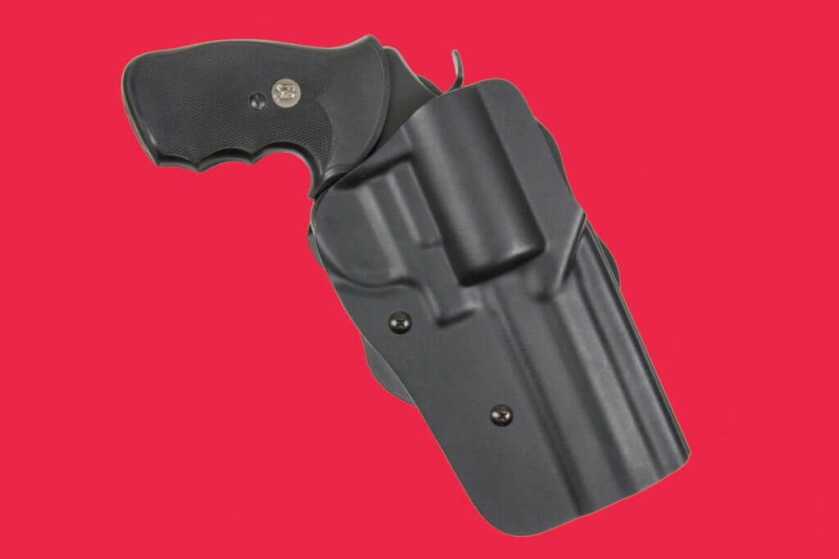
A good holster can help save lives, and many people think they need a holster only if they plan on carrying a handgun outside the house. But consider the fact that home invasions are fairly common these days, and that burglars often target a house or apartment knowing that the occupants are present.
If you have a gun placed somewhere in the house or apartment for quick access if needed – or even more than one gun in strategic places, you may not be able to get to it fast enough to use it to protect yourself or others. The front door can be kicked in so quickly and many invaders can be inside the house so fast that the occupant just cannot get to his or her gun quickly enough to use it in self-defense. So many trained people who have thought about these things carry a gun even if inside the house. It is much faster to draw a gun than to have to cross the room in order to get it.
But even if you choose not to carry inside your house or apartment, if you carry a gun outside you need a holster. The holster does a few things that are important even if the holster and gun are inside another carrying device or a pocket. That includes inside a purse, a notebook, or a briefcase.
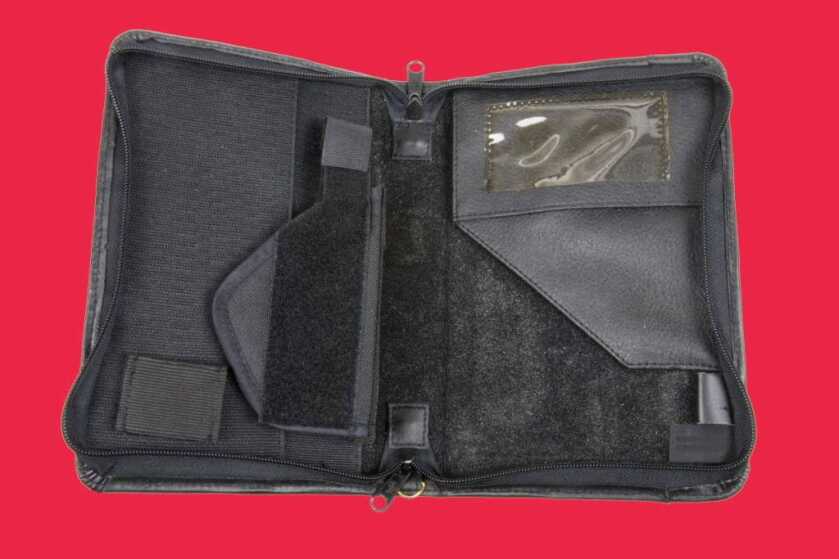
The holster protects the gun from debris or other items carried. It helps to keep the gun cleaner, free from lint and keeps the gun in the same place and orientation so that when it is drawn, it is where the user expects it to be. Fumbling around in a pocket, purse, or briefcase looking for the grip, slows down the draw. And if there are other items in the purse or pocket – actually it is better to not carry anything else besides the gun in the holster when inside another container or a pocket – the holster helps prevent them from getting inside the trigger guard and unintentionally causing a discharge. And if there is a safety on the gun, the holster can help to prevent it from being accidentally disengaged.
So handguns can be carried concealed or openly and a holster is needed for both. Don’t just stuff a gun inside your waistband and expect it to stay there. Too many things can go wrong including unintentional discharges. The trigger could be pressed when the gun is pushed inside the pants, or if you need to move in an unexpected way or get into a scuffle, the gun may become dislodged and fall to the ground or shift positions.

Options for carry include belt, pocket, ankle, shoulder, inside the waistband (IWB), outside the waistband (OWB), small of the back (SOB), appendix, cross draw, groin, belly band, and others. It’s all personal preference and there is no best way to carry. You decide what is right for you. Incidentally, if you decide on IWB, you may want to get larger pants and a larger belt so your pants will not be too tight.
Women have special considerations due to current styles and body construction, so there are other options especially for them. If you are a woman and can locate a gun shop with a woman on staff who knows gun handling and has been properly trained, she can probably help you select a way to carry.
Holsters are generally made from fabric, Kydex, injection-molded plastic, or leather. All can be good if correctly made but can be lousy if made incorrectly. And anyone who says plastic is no good doesn’t know what they are talking about. For example, Galco uses injection-molded plastic for some holsters but knows how to make a strong, durable holster from that material.

But don’t buy a cheap holster that allows the gun to flop around and sag from the belt. Spend a little more money for a rigid holster that will keep the gun where you put it so that when you draw – especially in an emergency – the gun will be where you expect it to be. Searching for the grip wastes valuable time.
Although older designs from the 19th century often have a cutout that exposes the trigger, that is largely not done with modern holsters. It’s a safety consideration, especially if the gun is capable of firing DA or is SA and is carried cocked and loaded. Covering the trigger helps to prevent unintentional discharges.
There are different holster designs. A pancake is one type that pulls the gun close to the body for easier concealment. Also, some holsters have more than one loop through which the belt passes to keep the gun closer to the body. It makes concealment under a garment a little easier but is not absolutely necessary depending on the cover garment and build of the person.
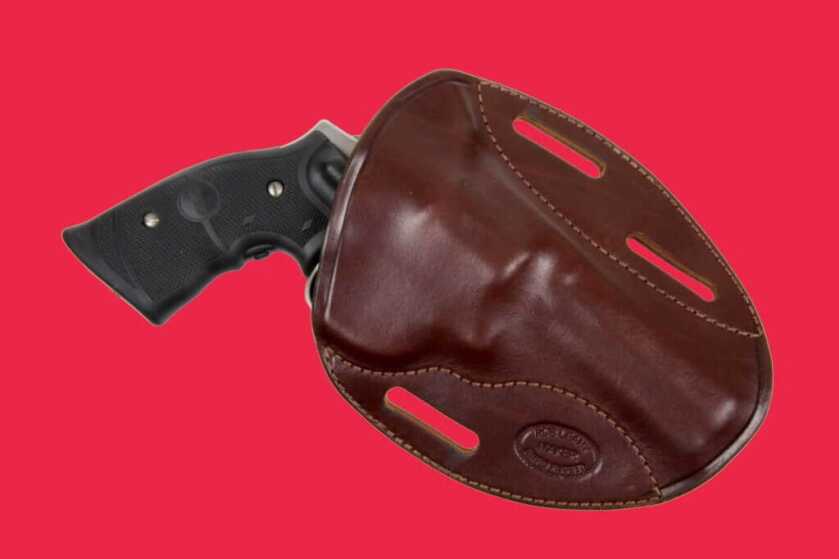
The gun should fit snuggly inside the holster, but don’t worry about the holster wear to the gun. Wear does not affect functioning. For example, there are many police trade-ins on the market that show a great deal of finish wear, but they have been shot very little, and are in great mechanical condition.
Some finishes wear less than others, but all I have seen eventually show some wear. If the gun is not a presentation or showpiece, what difference does it make? Besides, if it really bothers you, you can have a gun refinished.
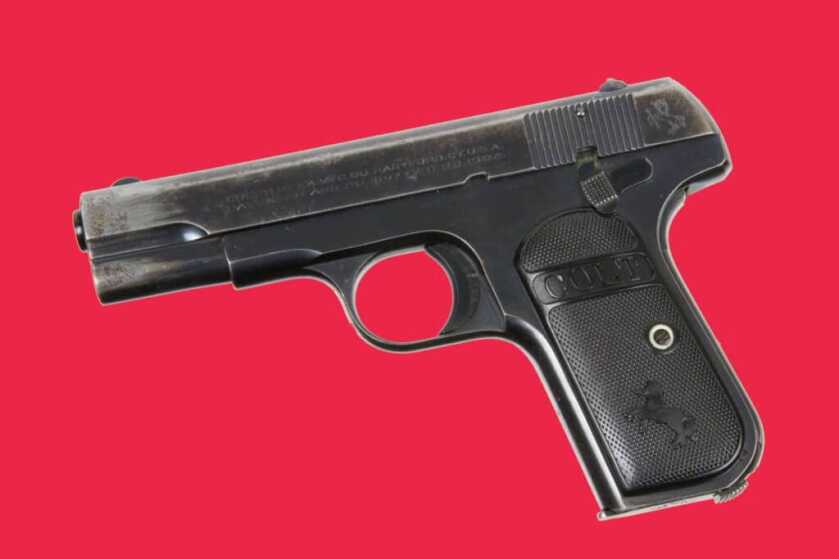
Any holster selected should remain open at the mouth, or top, after the gun is drawn, even if it is carried inside the waistband and the pants fit tightly. That way the gun can be holstered with one hand. If you need two hands to holster a gun in a belt holster, you desperately need a new holster, or training, or both. Pocket carry and some other types of carry will require two hands to holster though. Regardless of the kind of holster used, don’t point the gun at any part of your body while holstering. That’s just one reason not to use two hands.
A good holster should permit a proper firing grip when the gun is in the holster, so the hand doesn’t have to be shifted once the gun is drawn. It requires some room between the top edge of the holster and the grip though.
There are different levels of retention which refer to how the gun is retained inside the holster and how the gun is released from the holster when it is drawn. Level 1 is the least retention and is usually just a friction fit, or if the holster is made of Kydex or injection molded plastic, a restriction inside the holster contacts a part of the gun so that a click is felt and heard when the gun is inserted or withdrawn. Higher levels of retention require a disengagement routine of some type – most often the pressing of one or more levers or buttons. Those types of holsters are usually used by police or if the gun is worn exposed. It helps to prevent the gun from being snatched by someone, not the person carrying it. It’s a safety feature.
Back to pocket carry for a moment. It’s actually quite common, but to do it safely, training is a must. Gunsite is a good place to obtain that training. One of the things taught there is that the gun is never placed in a pocket without first inserting it into the holster and then inserting the gun and holster, as a unit, into the pocket. This is a safety measure to help prevent unintentional discharges.
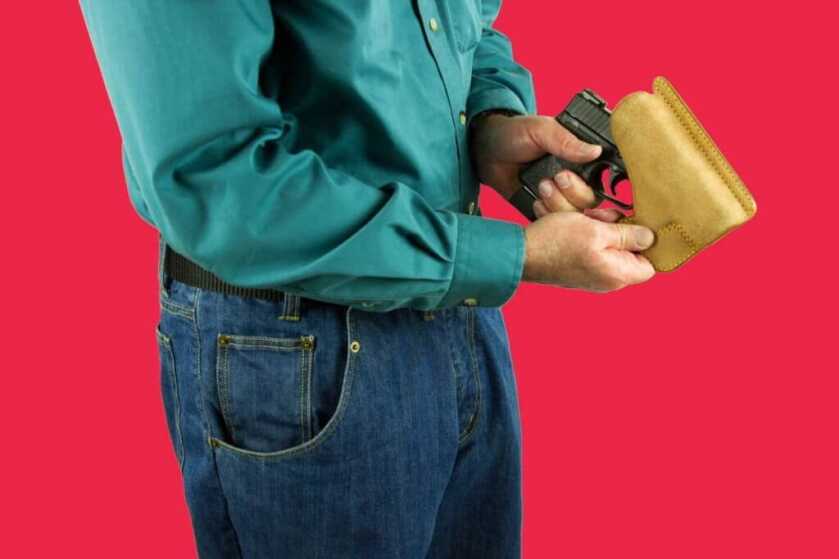
But get training regardless of how you decide to carry. Drawing and presenting the gun takes instruction and much practice. Hollywood and television are terrible instructors, and drawing is not something you can learn to do safely and quickly by watching a movie. In fact, the people who make those shows usually hate guns, know next to nothing about them, and use them only to make money. Again, Gunsite is an excellent place to get good training, and in a handgun class, you will be instructed about the right way to draw and present a gun, fire accurate shots quickly, and have many opportunities to practice those skills while an experienced instructor watches and corrects errors.
Although this discussion is about holsters, a good gun belt made to carry a gun in a holster is important. An inexpensive belt – even a wide one made of leather that you got at the big box store – just isn’t stiff enough to hold the holster and gun securely. They usually stretch and allow the gun to droop. A real gun belt is more expensive, but it will last a lot longer and it helps to distribute the weight more evenly making it more comfortable.
Most people don’t believe that a real gun belt is important until they try it. I’ve had more than one friend complain about the gun being uncomfortable to carry and pants tending to fall down or droop, but when they got a real gun belt, those problems went away. They were amazed. So spend a little more money and get a real gun belt. It is important even if you carry the gun in a pants pocket.
Some belt holsters tilt the muzzle to the rear in what is often called the FBI cant. Others hold the barrel straight up and down. Again, it’s a personal preference, and some holsters can be adjusted for cant and height of carry. Some will even accept more than one type of gun.
Magazine holders are also holsters of a sort. So, get a good one for spare magazines. And avoid the temptation to carry magazines on the strong side. It is not a good idea because reloading requires reaching across the body with the support hand or moving the gun to the other hand. Again, training is needed so you’ll know what is a good idea and what isn’t. And it isn’t as simple as it sounds, because, for example, a revolver speed loader can be carried on the strong or weak side.
A holster should stay put when the gun is drawn, so a belt holster must be connected securely to the belt. And if it’s a pocket holster, it should be rough or sticky on the outside of the holster or have a hook or feature to catch on the inside of the pocket during the draw. But there are solutions if the holster comes out of the pocket with the gun. You will need proper training though to flick the holster off the gun quickly and safely in an emergency.

A holster maker that has received quality training knows what is good or bad in a holster. Some that I know who have received excellent training are Galco, Simply Rugged, and Blade-Tech. Others may also have. But those makers who haven’t had quality training might make a holster that has features that are just plain stupid or dangerous.
Most people can carry a larger gun than they think they can, but a good holster is essential. However, if you are like many who are serious about guns and self-defense, you’ll have a box full of holsters you’ve tried and don’t like. Don’t be afraid to discard a holster and try another if you don’t like it.
And that’s the what and the why of it.
